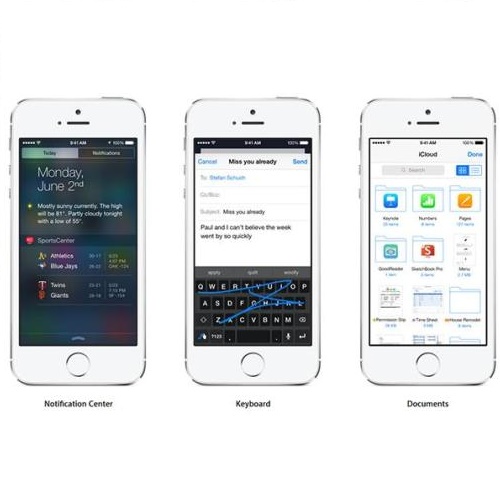Human skeleton data has received increasing attention in action recognition due to its background robustness and high efficiency. In skeleton-based action recognition, graph convolutional network (GCN) has become the mainstream method. This paper analyzes the fundamental factor for GCN-based models -- the adjacency matrix. We notice that most GCN-based methods conduct their adjacency matrix based on the human natural skeleton structure. Based on our former work and analysis, we propose that the human natural skeleton structure adjacency matrix is not proper for skeleton-based action recognition. We propose a new adjacency matrix that abandons all rigid neighbor connections but lets the model adaptively learn the relationships of joints. We conduct extensive experiments and analysis with a validation model on two skeleton-based action recognition datasets (NTURGBD60 and FineGYM). Comprehensive experimental results and analysis reveals that 1) the most widely used human natural skeleton structure adjacency matrix is unsuitable in skeleton-based action recognition; 2) The proposed adjacency matrix is superior in model performance, noise robustness and transferability.
翻译:人类骨骼数据因其背景强健和高效率而在行动识别中日益受到重视。在基于骨骼的行动识别中,图形变迁网络(GCN)已成为主流方法。本文件分析了基于GCN模型的基本因素 -- -- 相邻矩阵。我们注意到,基于GCN的大多数方法都根据人类自然骨骼结构进行其相邻矩阵。根据我们以前的工作和分析,我们建议人类自然骨骼结构的对称矩阵不适合基于骨骼的行动识别。我们提议一个新的匹配矩阵,放弃所有硬性邻居连接,但让模型适应性地学习联合关系。我们用两个基于骨骼的行动识别数据集(NTURGBD60和FineGYM)的验证模型进行广泛的实验和分析。综合实验结果和分析表明:(1) 最广泛使用的人类自然骨骼结构对基于骨骼的行动识别不合适;(2) 拟议的匹配矩阵在模型性、噪声坚固性和可转移性方面优。



